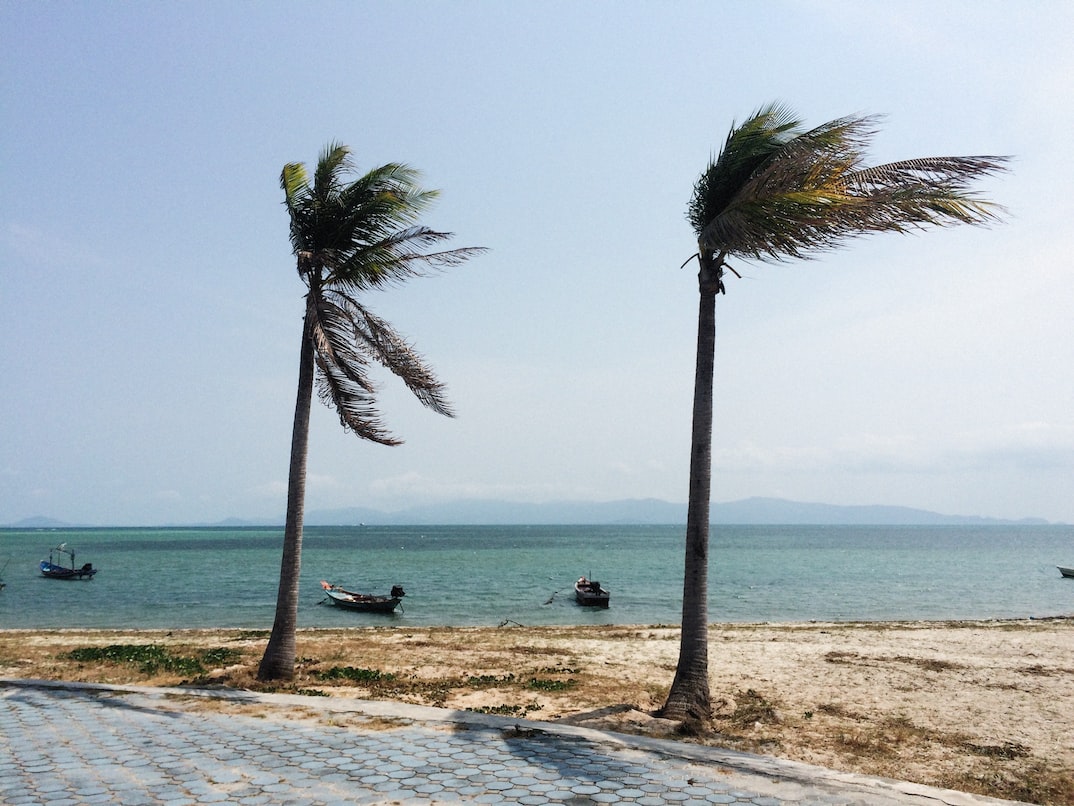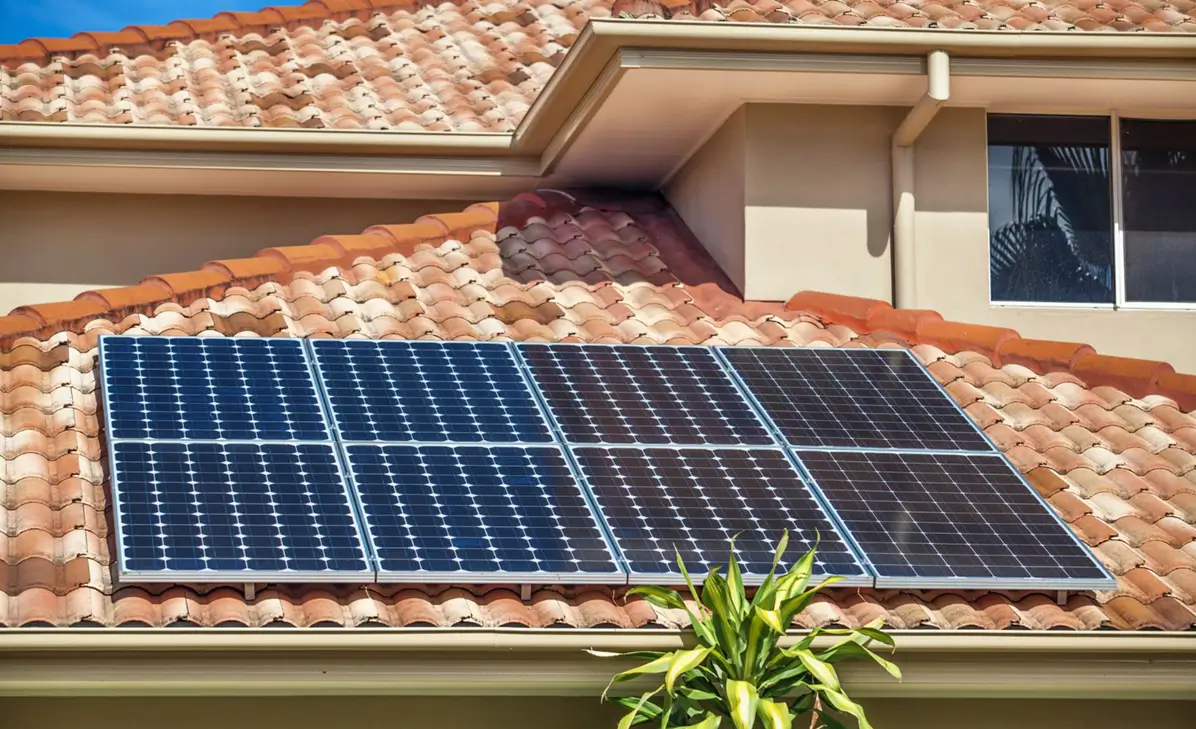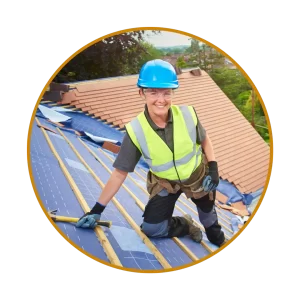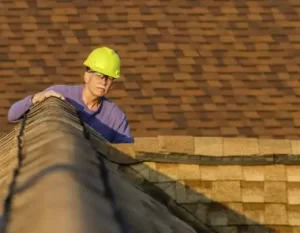Introduction to Choosing Wind-Resistant Roofing
For those of us who call hurricane-prone areas home, the phrase “be prepared” takes on a whole new level of importance. One of the most critical steps in home preparation against the fury of nature is choosing wind-resistant roofing for hurricane-prone areas. This choice not only protects your home from the immediate threats of high winds but also secures the longevity and safety of your sanctuary in the long term. In this guide, we’ll explore everything you need to know about wind-resistant roofing, from understanding the risks to selecting the right materials and installation techniques that keep your home safe and sound.
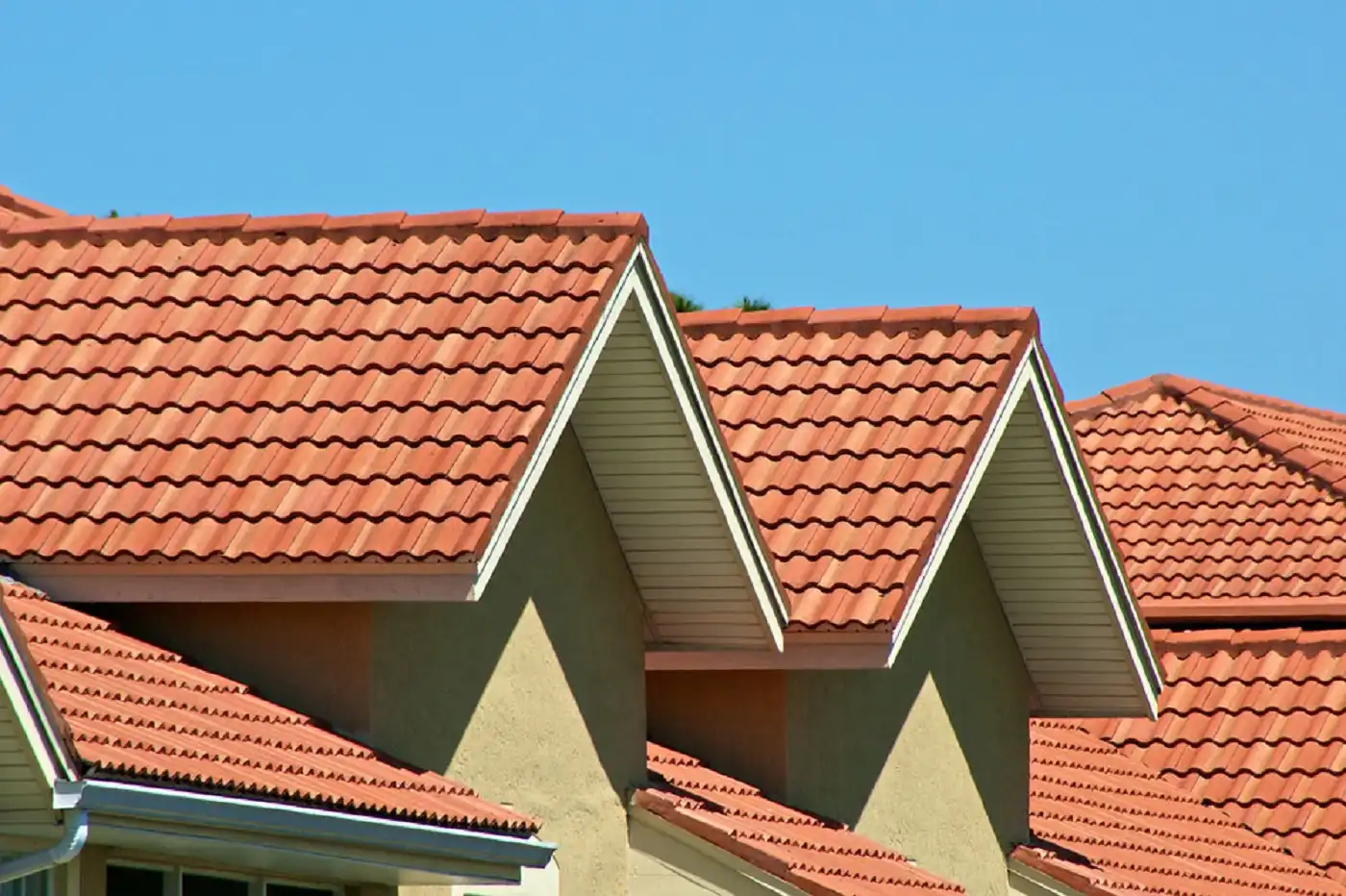
By investing in wind-resistant roofing for hurricane-prone areas, you’re not just upgrading your home; you’re taking a proactive stance against the unpredictable. Let’s dive in and discover how you can fortify your home against the stormy challenges that lie ahead, ensuring that your roof is built to withstand the test of wind and weather.
Understanding Wind Damage
Before we explore the solutions, let’s take a moment to understand the problem. High winds can wreak havoc on roofs through direct pressure, creating uplift (which can peel your roof off from the edges), and by turning loose debris into projectiles that can puncture and tear roofing materials. Recognizing these threats is the first step in fortifying your home against them.
Key Considerations for Wind-Resistant Roofing
When it comes to choosing a wind-resistant roof, there are a couple of crucial considerations. Firstly, the material’s wind rating should meet or exceed local building codes for hurricane-prone areas. Secondly, the design of your roof, including its shape and slope, plays a significant role in its ability to resist wind.
Top Wind-Resistant Roofing Materials
Asphalt Shingles
High-quality, wind-rated asphalt shingles are a popular choice for their affordability and effectiveness. Look for shingles rated for wind speeds of at least 110 mph. Installation tip: A six-nail pattern per shingle, rather than the standard four, can significantly increase wind resistance.

Metal Roofing
Metal roofs are not only durable but also exceptionally wind-resistant when properly installed. They should be securely fastened to the roof deck to prevent uplift. Bonus tip: Standing seam metal roofs, with their interlocking panels, offer enhanced protection against high winds.
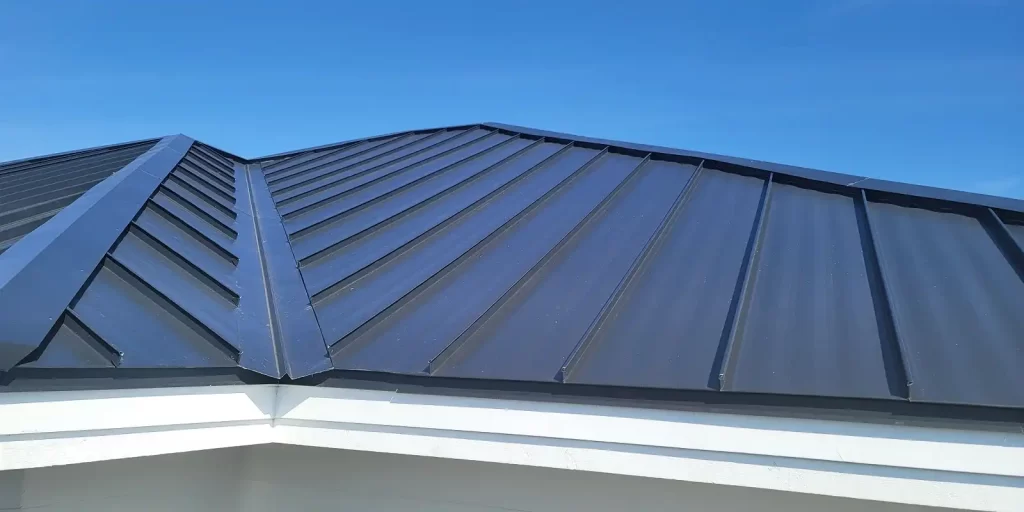
Tile Roofing
Both concrete and clay tiles are naturally heavy and thus resistant to wind. However, their installation requires expertise to ensure that they are anchored correctly, without compromising their innate ability to protect against high winds.
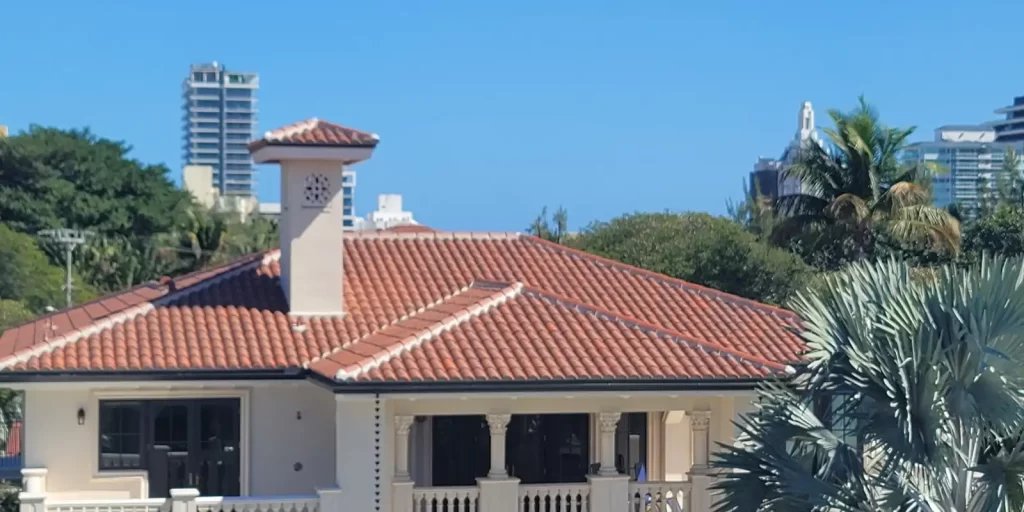
Innovative Materials
Emerging technologies in roofing materials, such as synthetic underlayments and improved adhesive methods, are also enhancing the wind resistance of roofs. Keep an eye out for these innovations.
Installation Techniques to Enhance Wind Resistance
Even the best materials can fail if not installed correctly. For wind-resistant roofing, attention to detail during installation is paramount. Ensuring the roof deck is securely fastened to the structure, using the correct nailing patterns, and properly installing edge metals and flashings are all critical steps. Another pro tip: A continuous load path, which ties the roof down to the foundation, can significantly improve a home’s resilience against strong winds.
Maintenance and Inspection
Regular maintenance is your roof’s best friend, especially in hurricane-prone areas. Annual roof inspections can identify potential issues, like loose shingles or compromised flashing, before they become vulnerabilities in a storm. After severe weather, inspect your roof for damage and address repairs promptly to maintain its integrity.
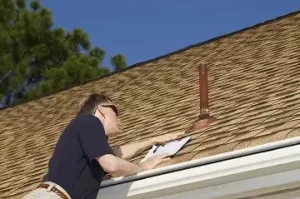
Financial Considerations
Investing in wind-resistant roofing can have upfront costs, but it’s an investment in your home’s safety and value. Many insurance companies offer discounts for homes with wind-resistant features, recognizing the reduced risk of damage. When considering the cost, also think about the potential savings from avoided repairs and the peace of mind that comes with knowing your home is better protected.

Choosing the Right Contractor
The expertise of your contractor is as crucial as the materials you choose. Look for contractors with specific experience in wind-resistant roofing installations in hurricane-prone areas. They should be knowledgeable about local building codes and able to provide references for similar projects. Don’t hesitate to ask questions to ensure they understand the nuances of installing a roof that can stand up to high winds.
![]()
Conclusion
Your home is your sanctuary, and by choosing the right wind-resistant roofing materials and installation techniques, you’re taking a significant step in protecting it from the ravages of hurricanes and high winds. Remember, preparation is the best defense against the unpredictable. Investing in a wind-resistant roof not only safeguards your home but also provides invaluable peace of mind. So, consider making the switch today and ensure your home is ready to face whatever the wind blows its way.

